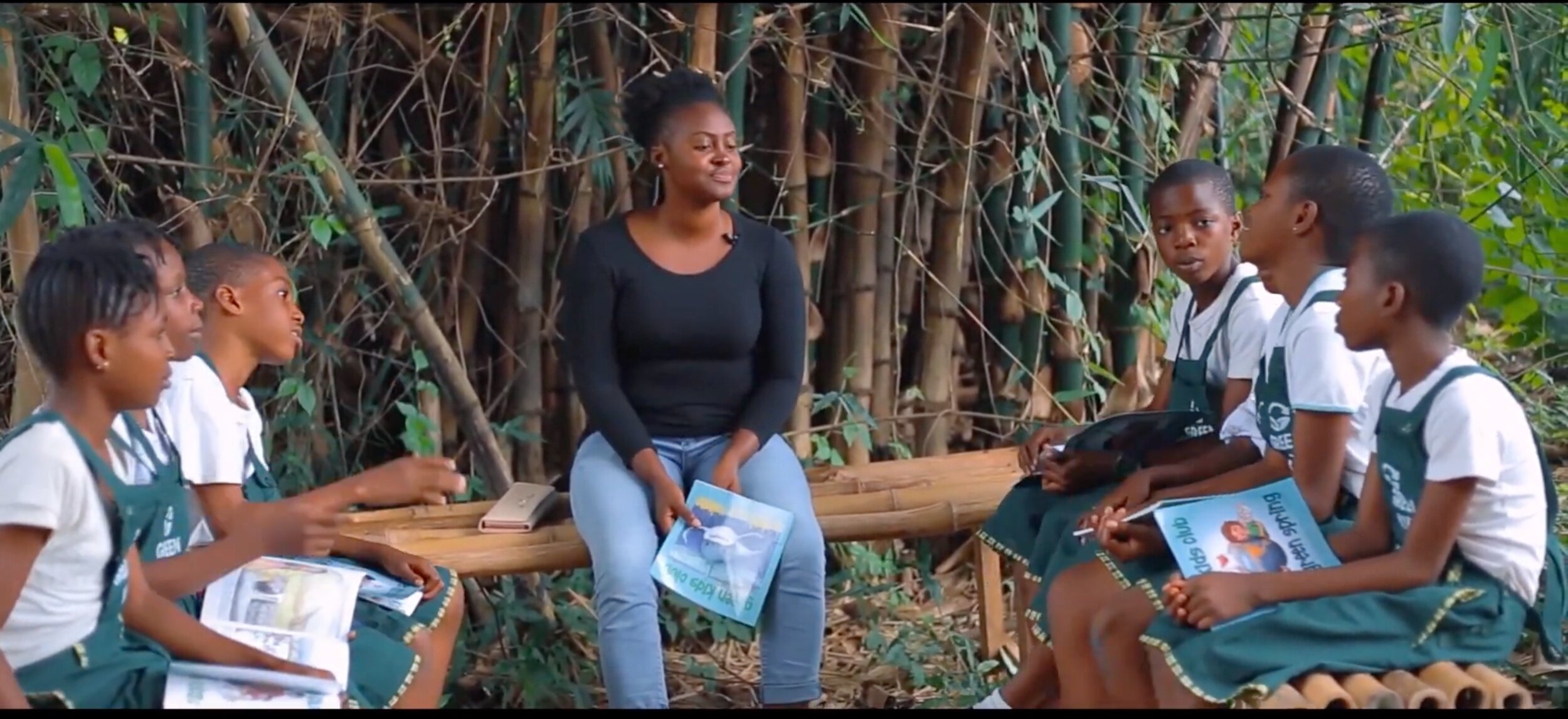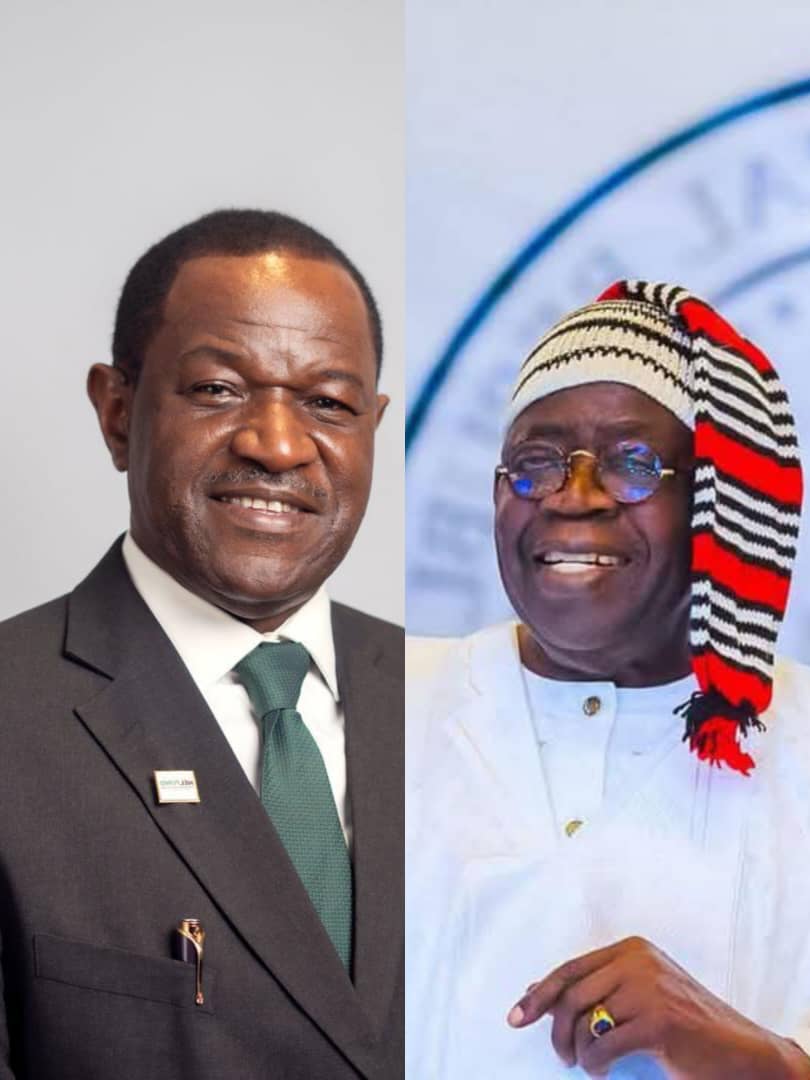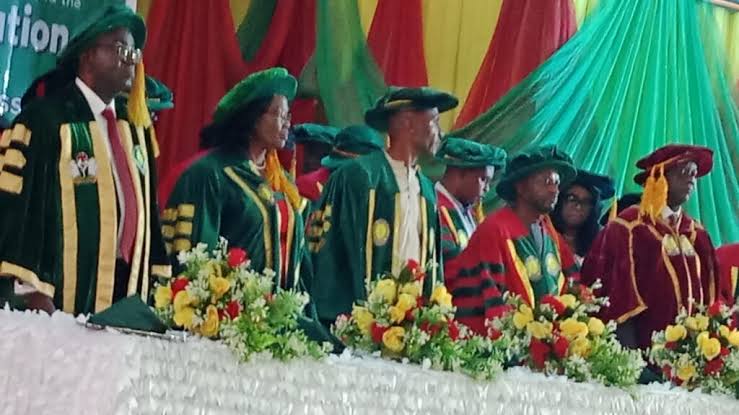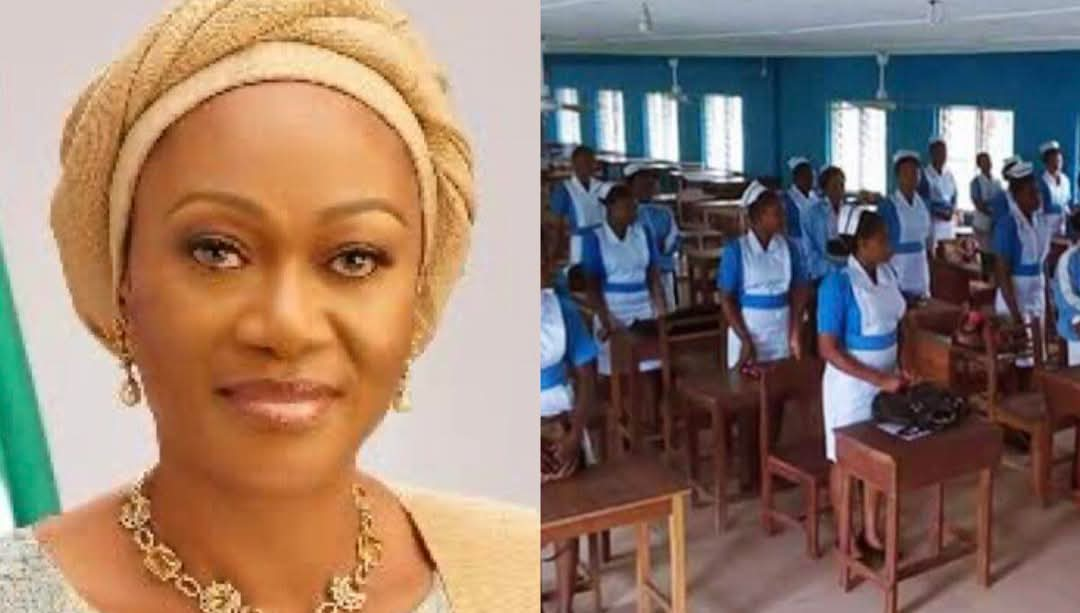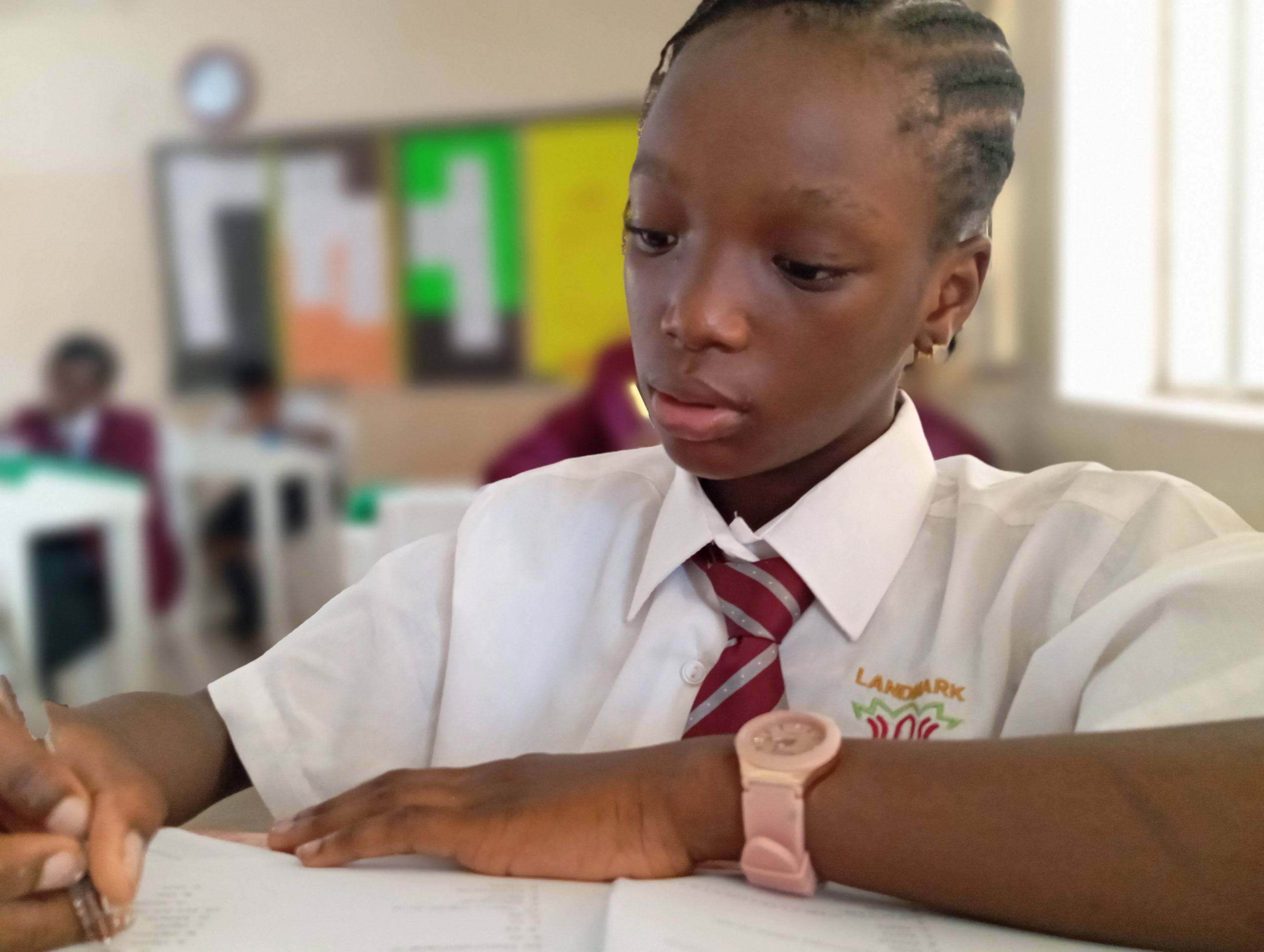A green school is a type of educational environment that uses a comprehensive approach to Education for Sustainable Development (ESD). A green school is one that conserves energy, environmental resources, and financial resources while fostering a healthy learning environment.
This way of seeing things is built into its teaching and learning, facilities design and operations, school governance, and community partnerships to impart knowledge, skills, values, and attitudes to promote social, economic, cultural, and environmental dimensions of sustainable development.
Greening schools webinar#1: What is a “green school” is the first session of the second United Nations Educational, Scientific and Cultural Organisation (UNESCO) and United Nations Framework Convention on Climate Change (UNFCCC) Webinar Series: Climate Change Education for Social Transformation. The webinars will run from May to December 2023 in sync with COP28 which has been bookmarked for November 30 2023 – December 12 2023.
What is a ‘green school’ served as the opening for a series of discussions on what it means to adopt a whole-institution approach to ESD, with an emphasis on climate change in particular.
The Greening Education Partnership, a global initiative to deliver strong, coordinated, and comprehensive action to advance and improve the implementation of climate change education, was introduced during the Transforming Education Summit as a means of accelerating urgent action on climate sustainability. The alliance urges key stakeholders and nations to concentrate on the following 4 action areas:
Greening Schools
Vision
Work to ensure that all schools, including teacher-training programmes and higher educational institutions, receive green school certification from early childhood through adult education.
Goal
At least 50 per cent of all schools, colleges, and universities in every nation will have adopted a green school accreditation programme and be running sustainably.
Greening Learning
Vision
Adopt a lifelong learning strategy that incorporates climate education into classroom instruction, technical and vocational training, the development of workplace skills, teaching resources, methodology, and assessment.
Goal
Pre-primary, primary, and secondary school curricula for climate education will be incorporated into at least twice as many countries from the present 45%.
Greening Capacity and Readiness
Vision
By incorporating climate education into pre-service and in-service teacher preparation, school administrators and other important education stakeholders will be able to better support teachers and policymakers.
Goal
At least one teacher each school and all school administrators will have received training on how to include climate education into teaching and learning across the board.
Greening Communities
Vision
Integrate climate education into lifelong learning to involve the entire community, especially through community learning centers and learning cities.
Goal
All nations shall be able to describe at least three different methods for providing learning opportunities for individuals outside of the traditional educational system to acquire the knowledge, values, and behaviors that will promote social cohesion in the face of climate change.
Following the success of the first series of eight monthly conversations on climate change education for social transformation leading up to COP27, which drew 15,000 participants from 184 countries and concentrated on greening every education policy and curriculum, UNESCO and UNFCCC have launched a second series of six webinars on greening schools leading up to COP28 in Dubai, United Arab Emirates, from May to December 2023.





